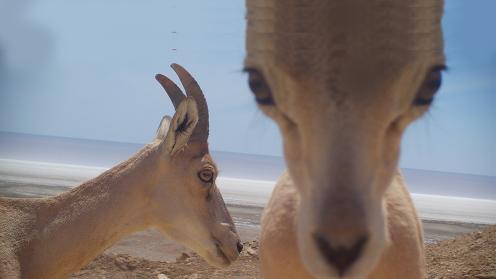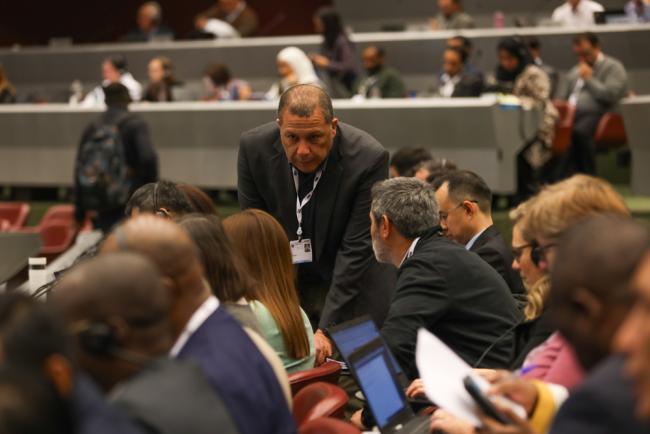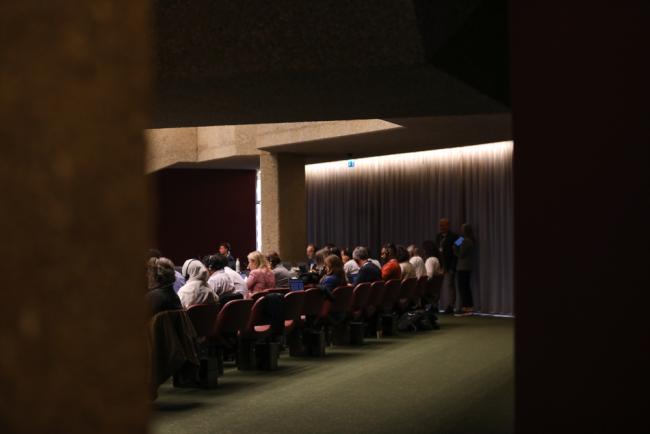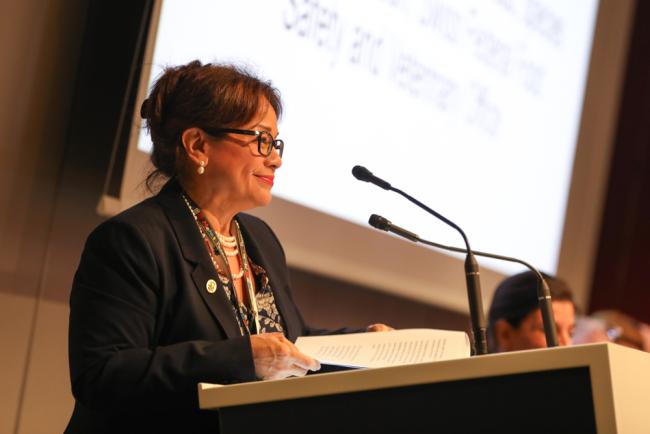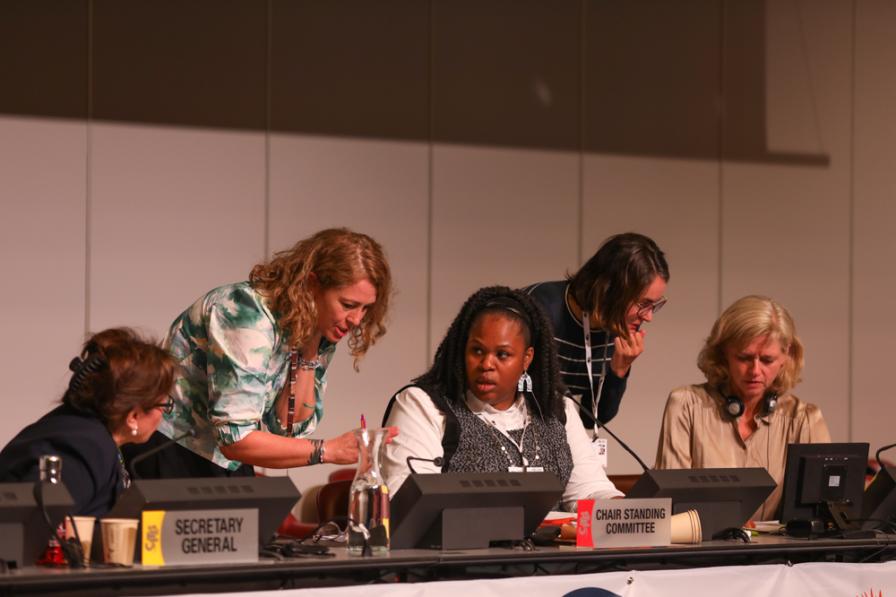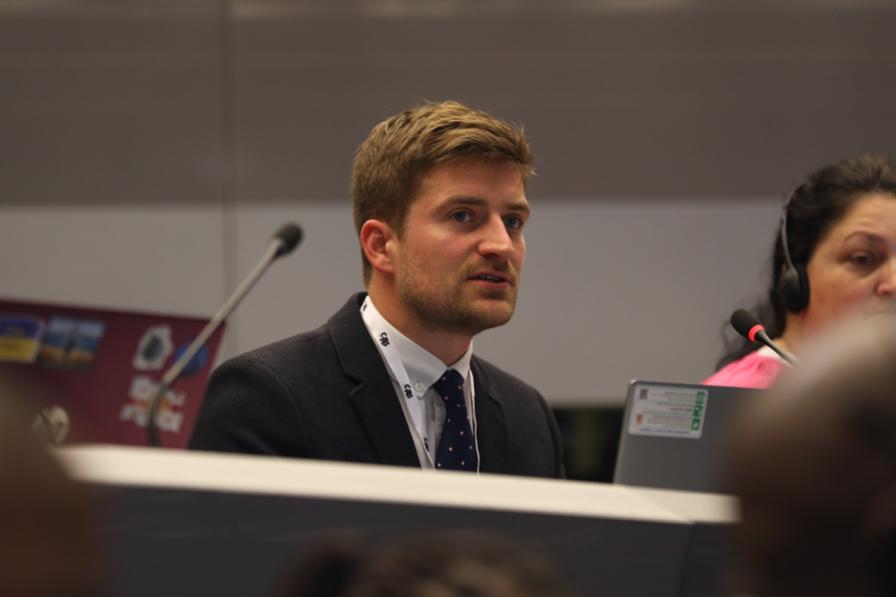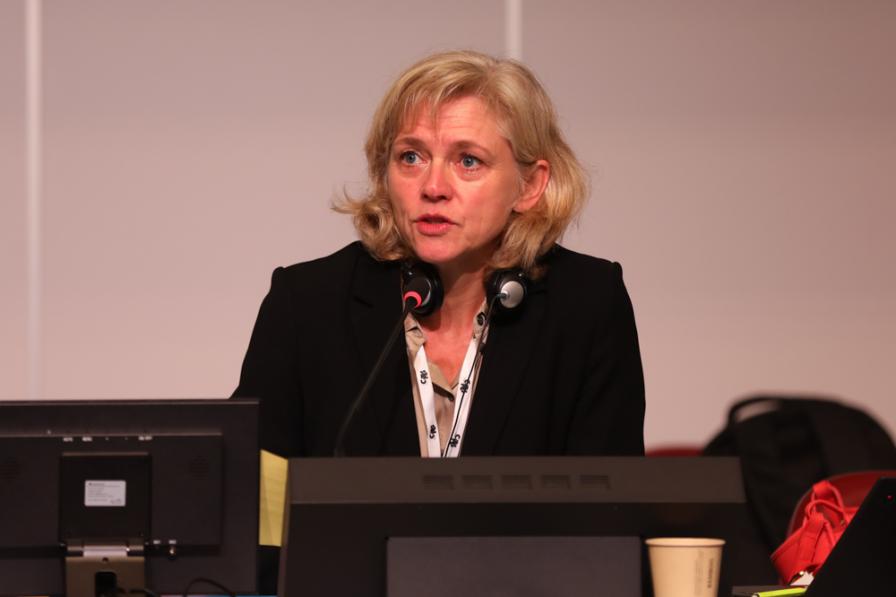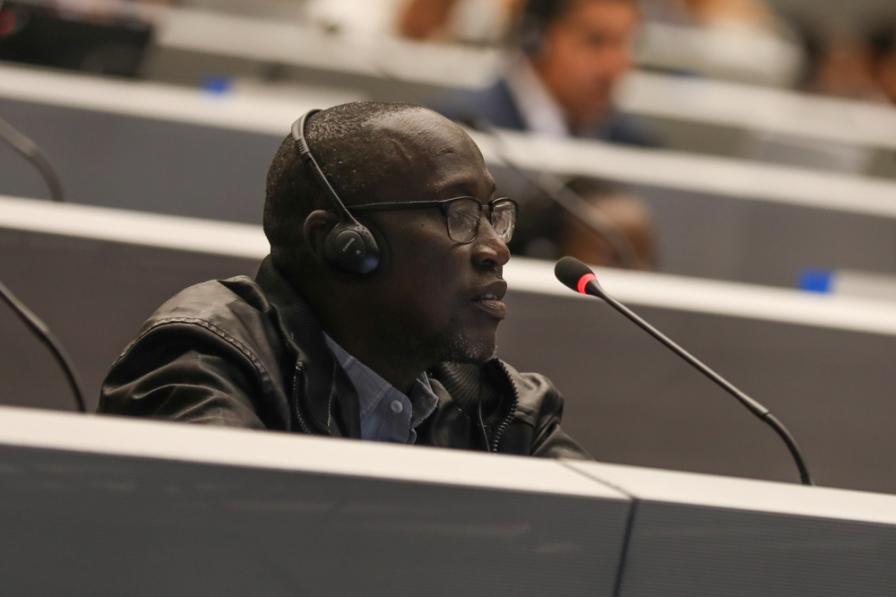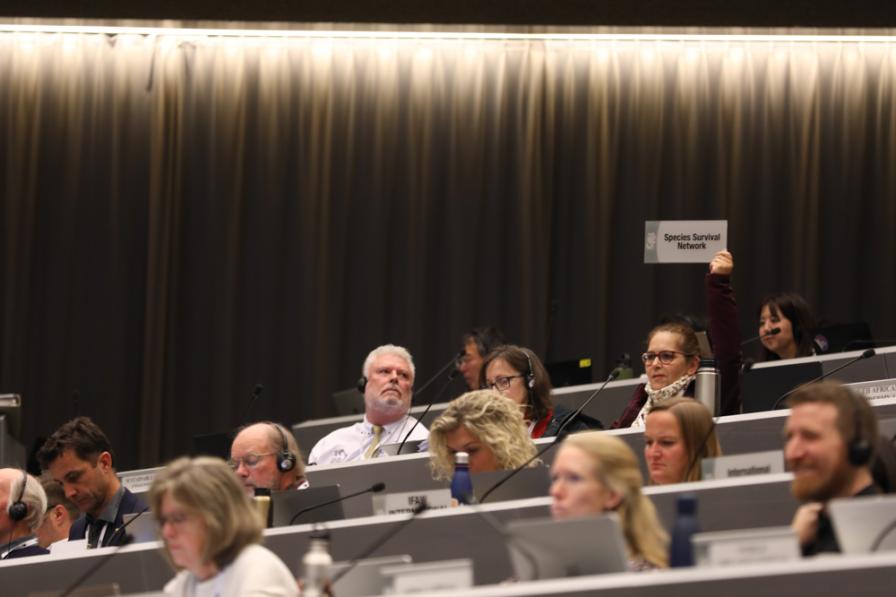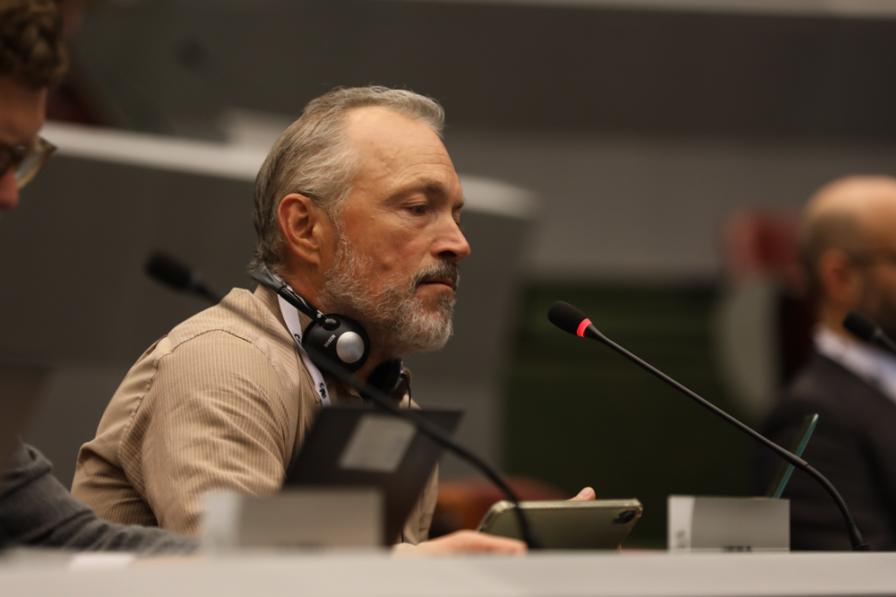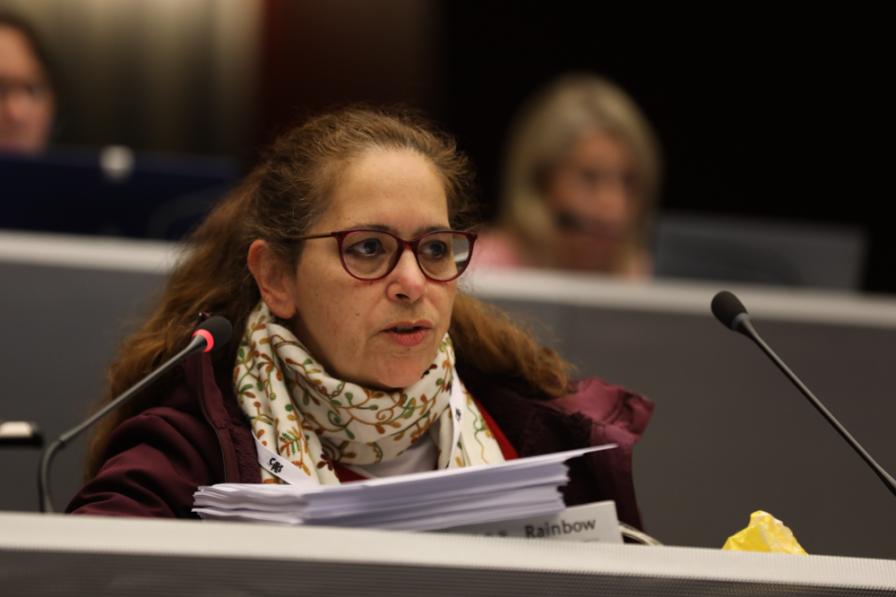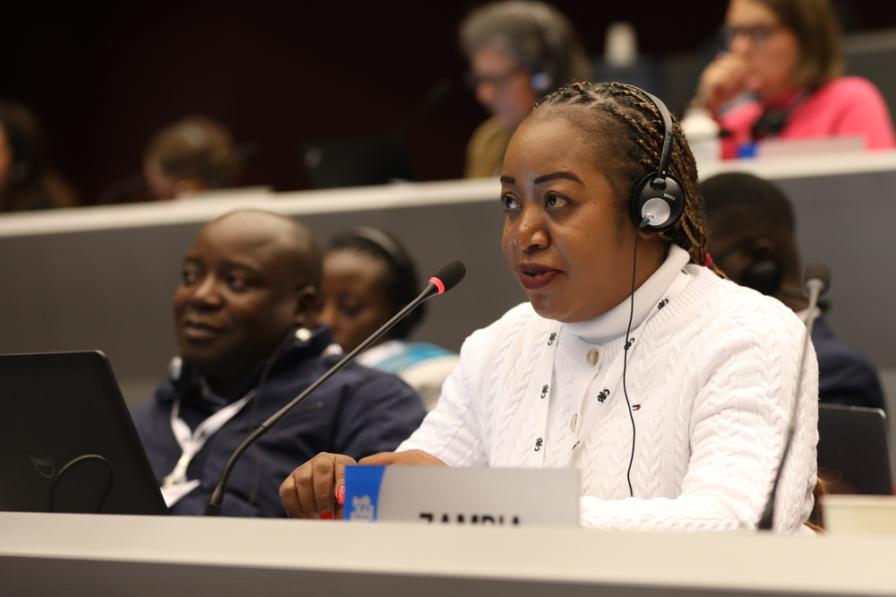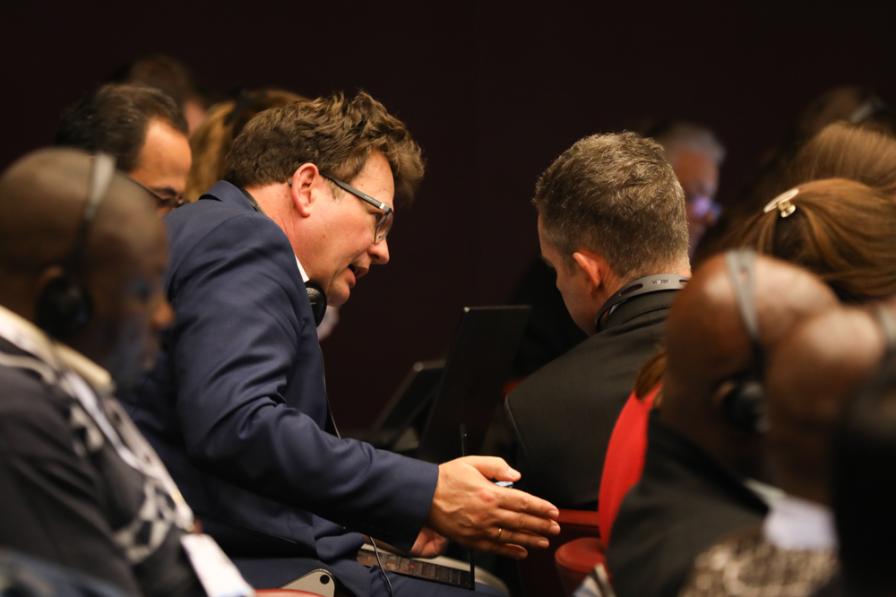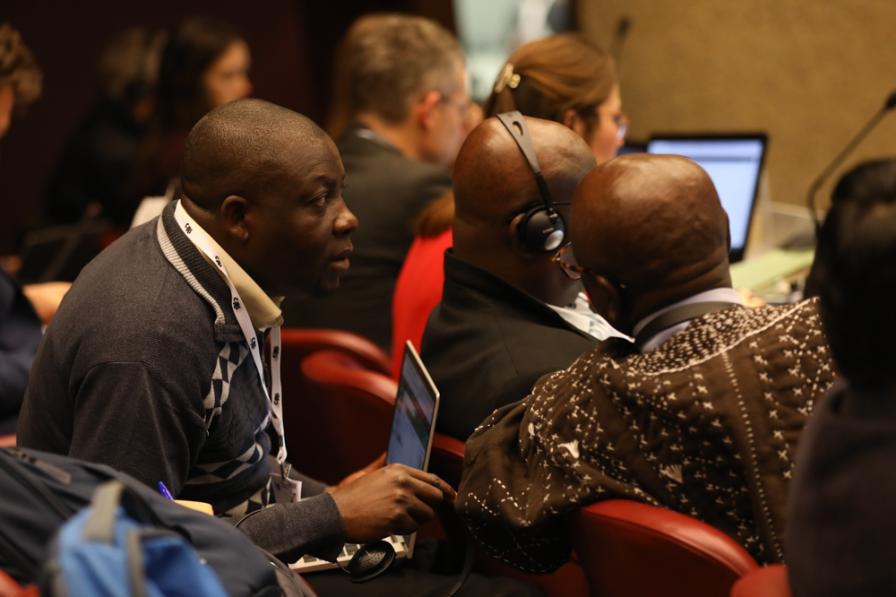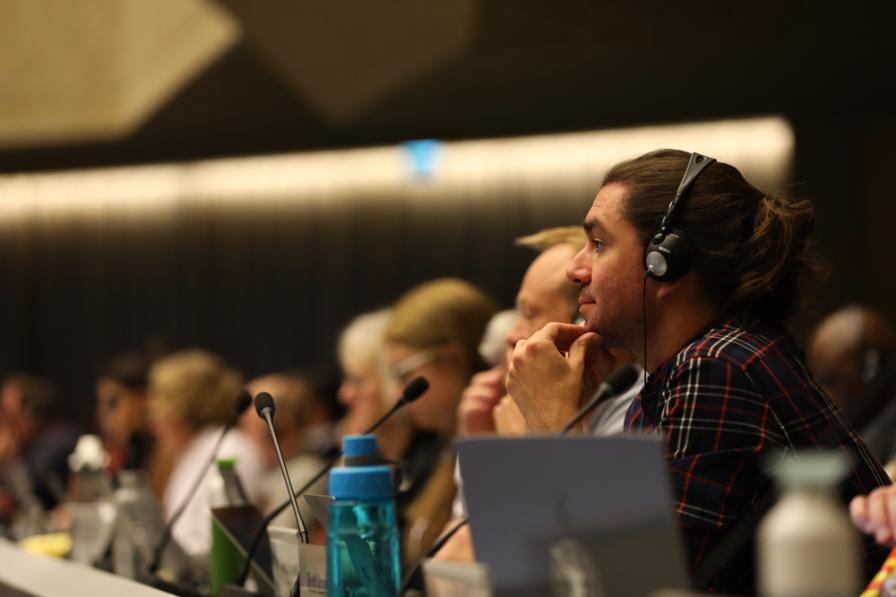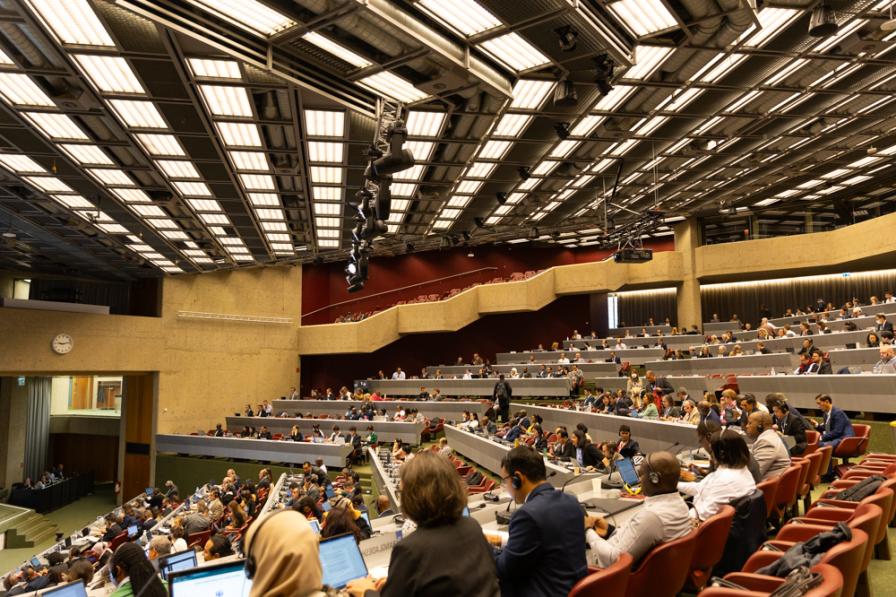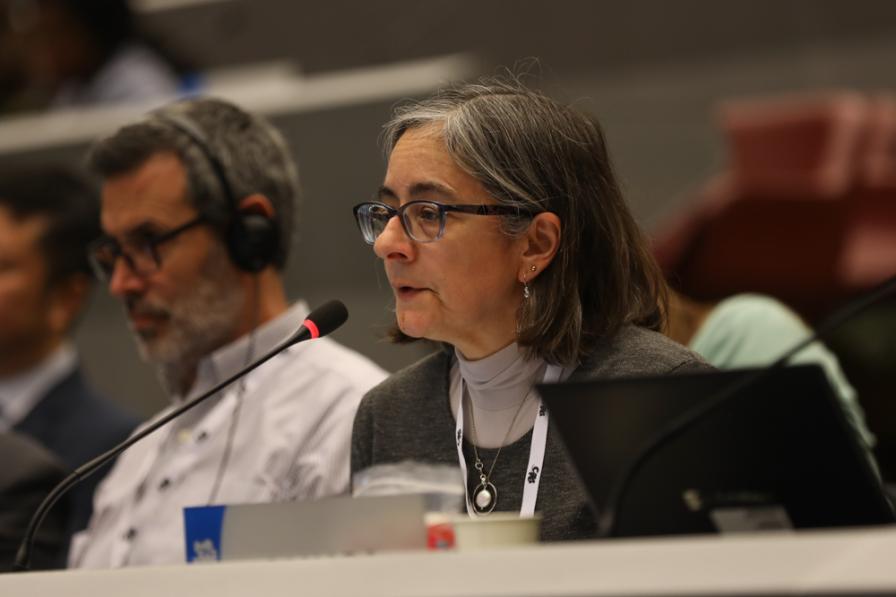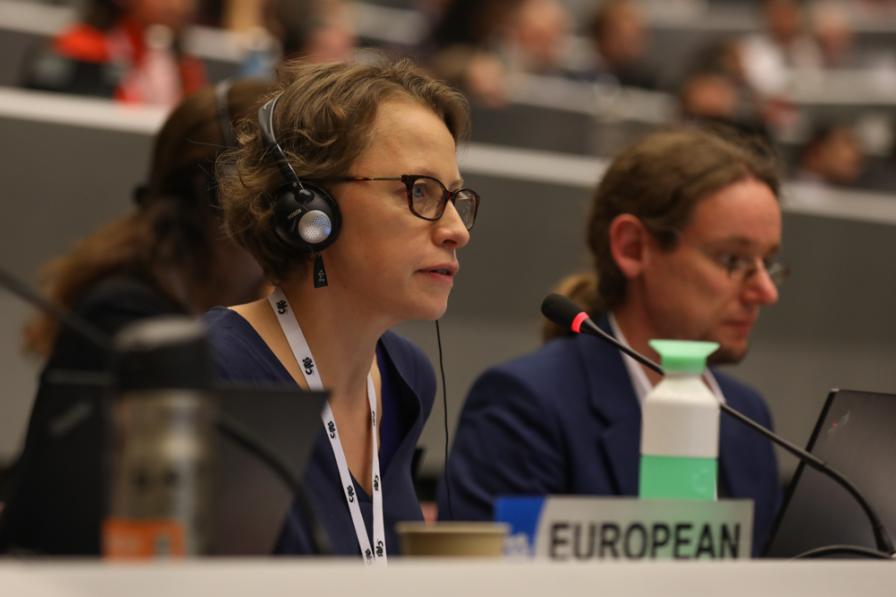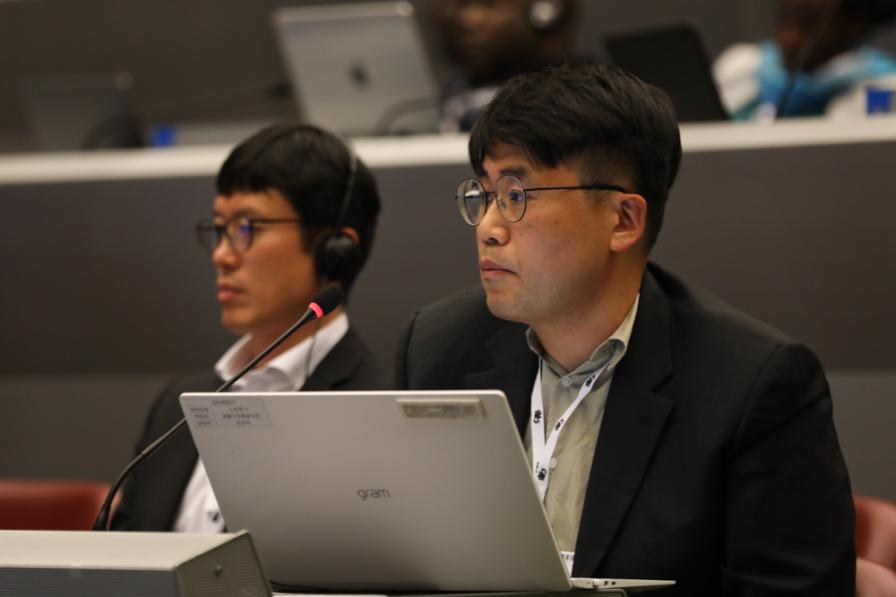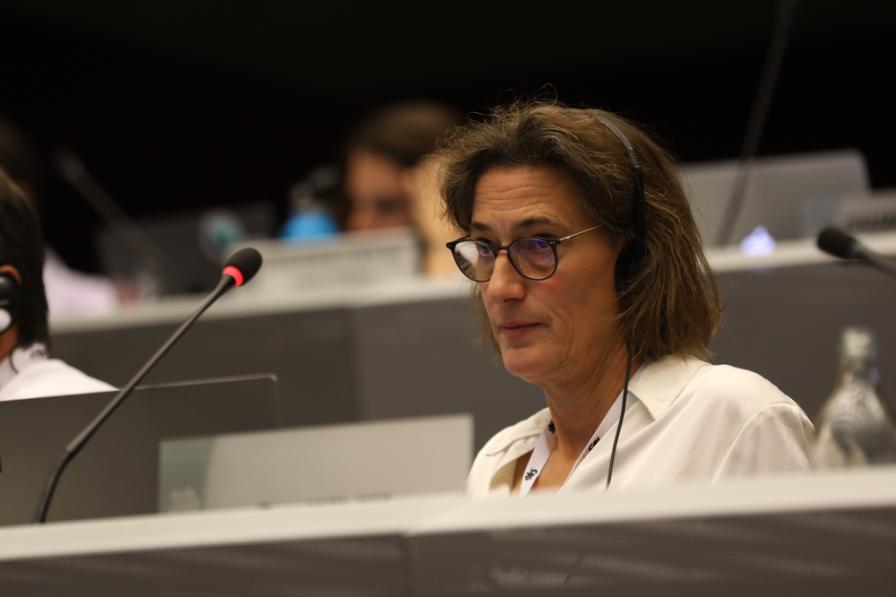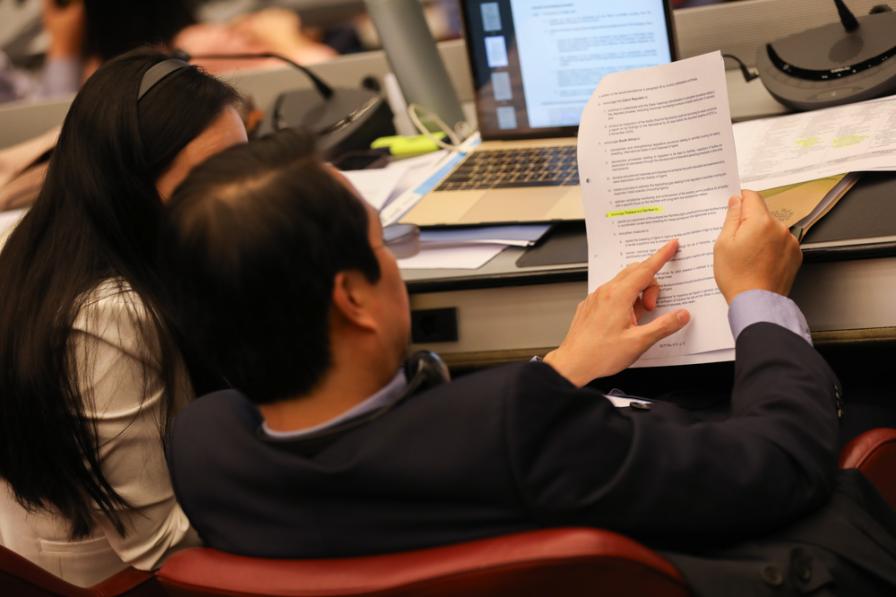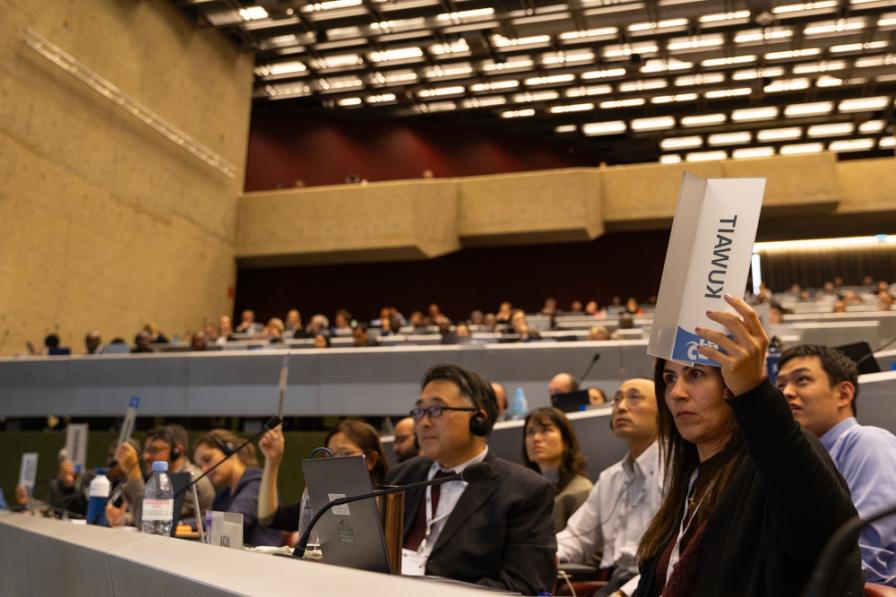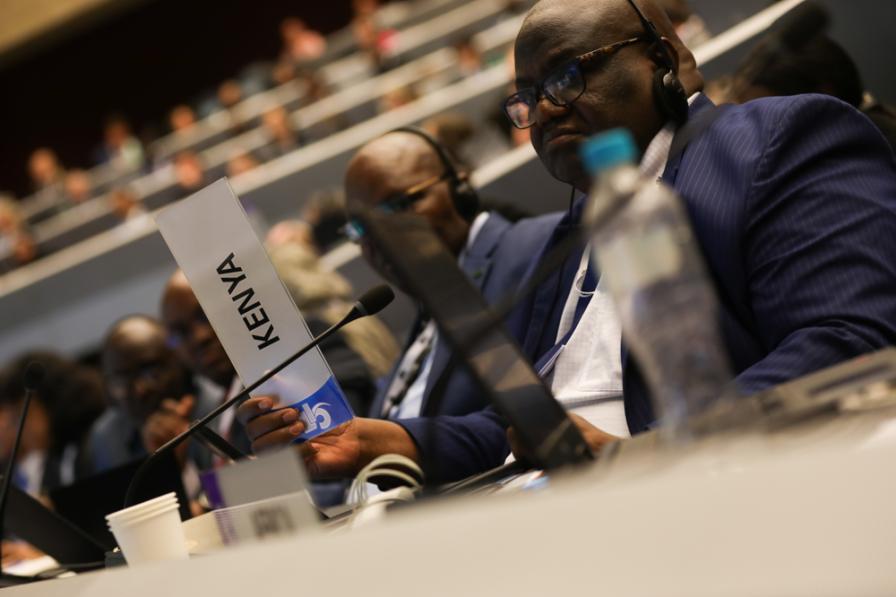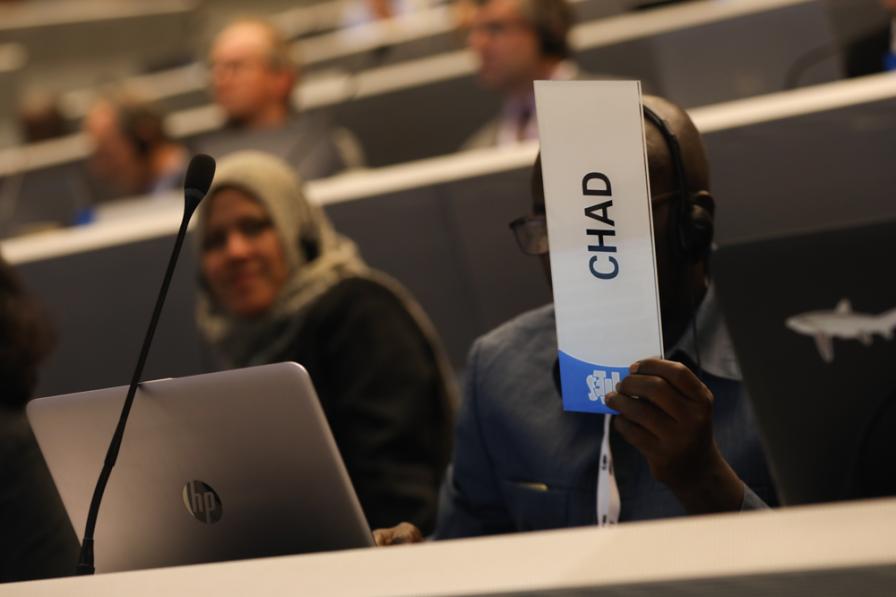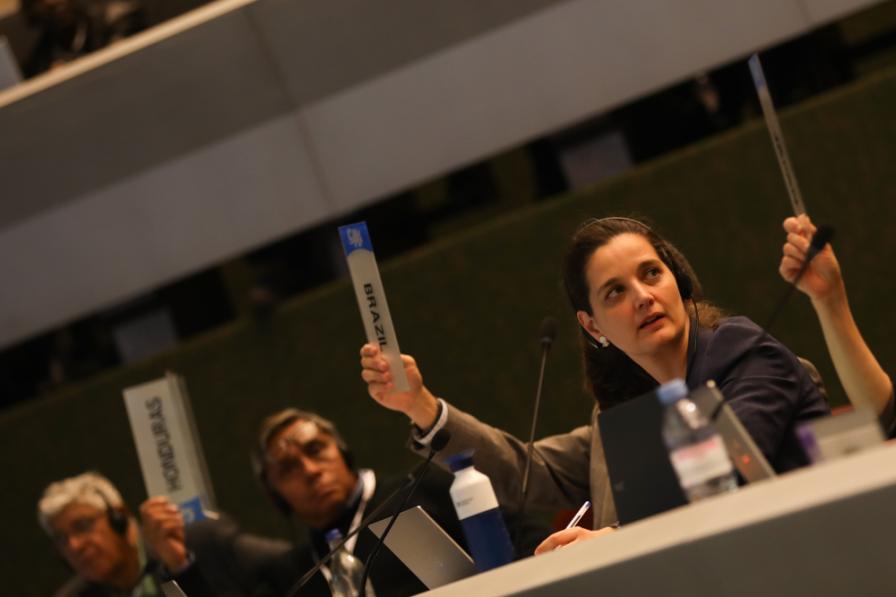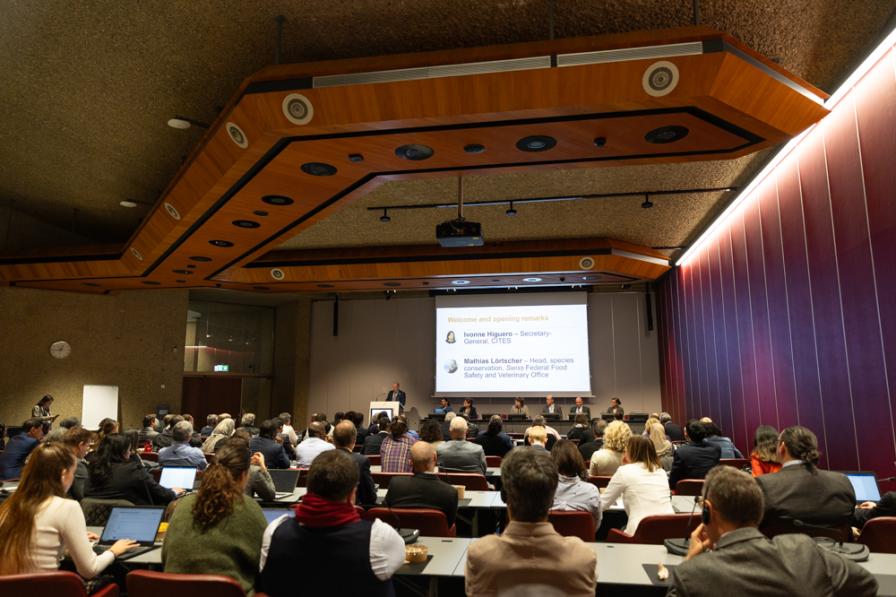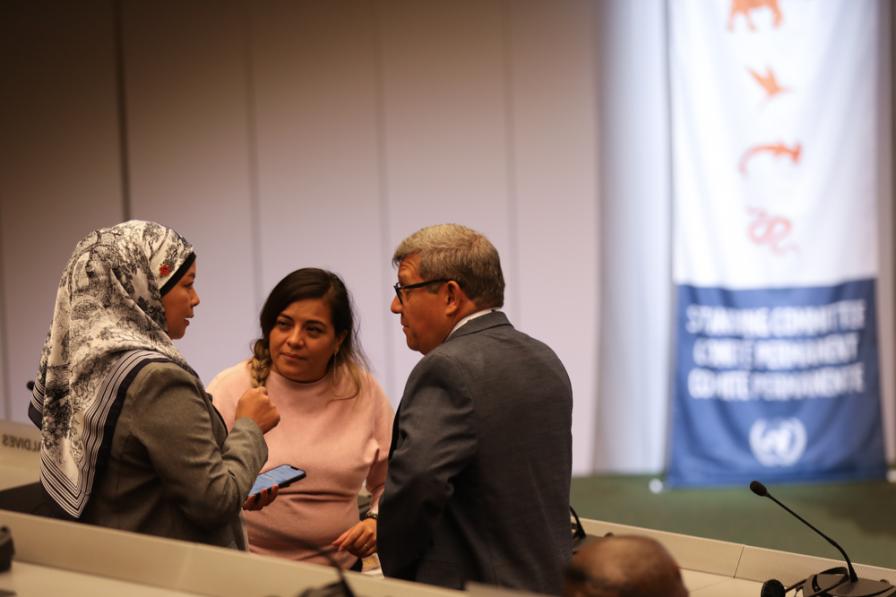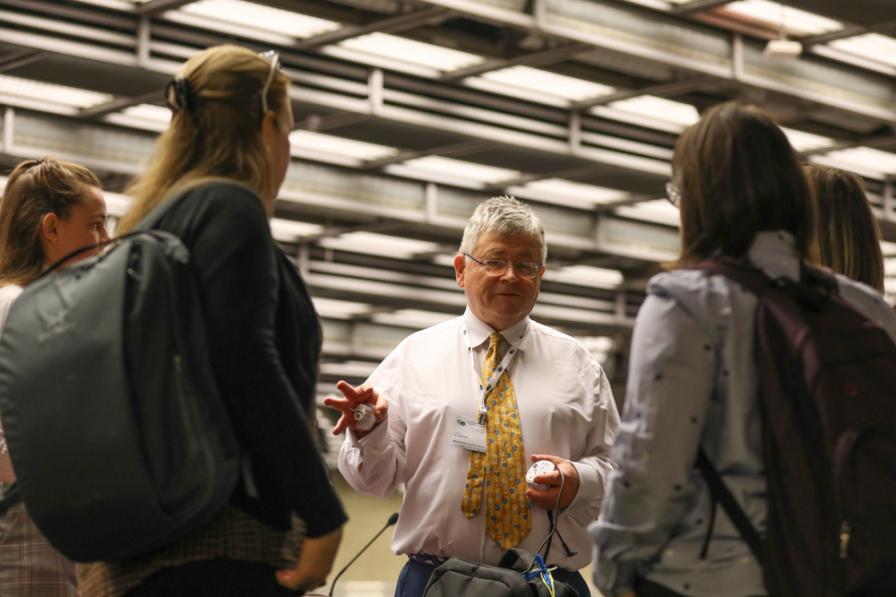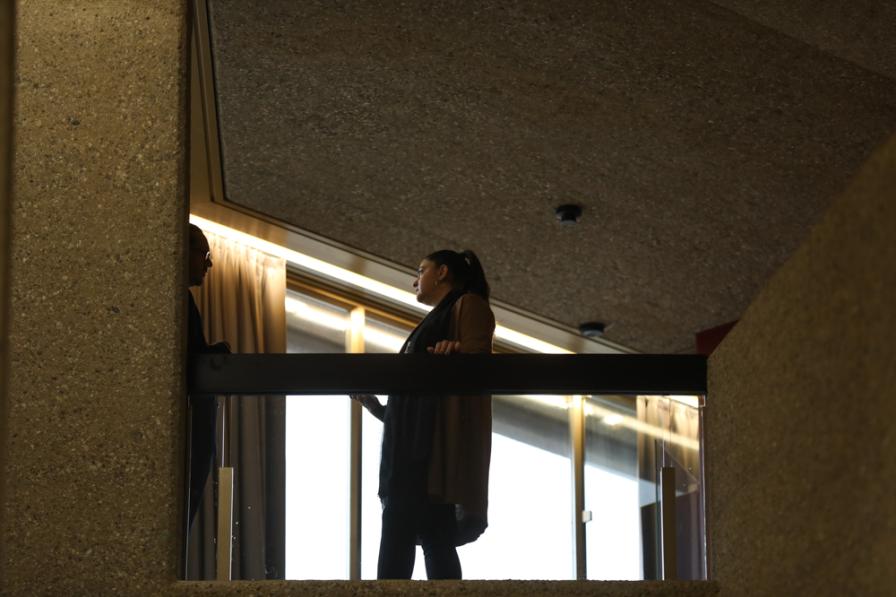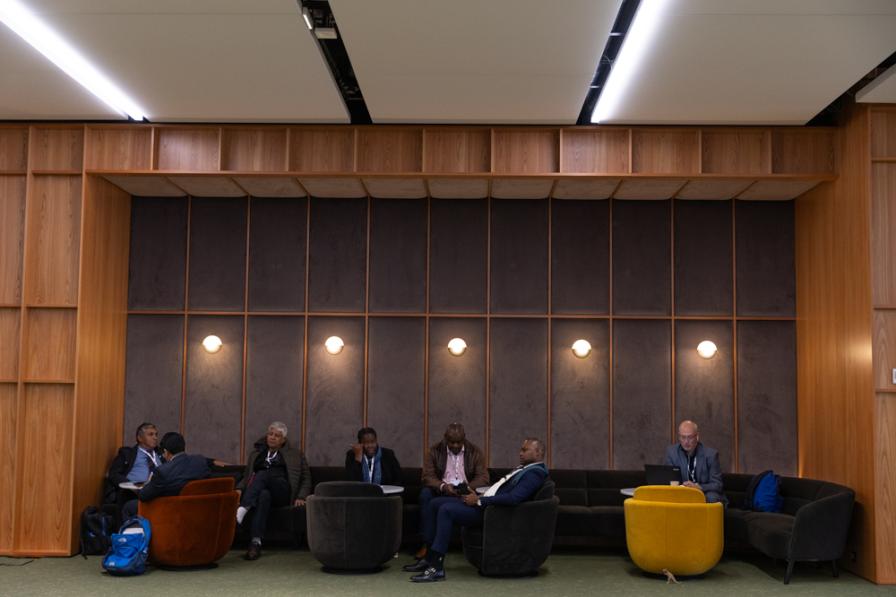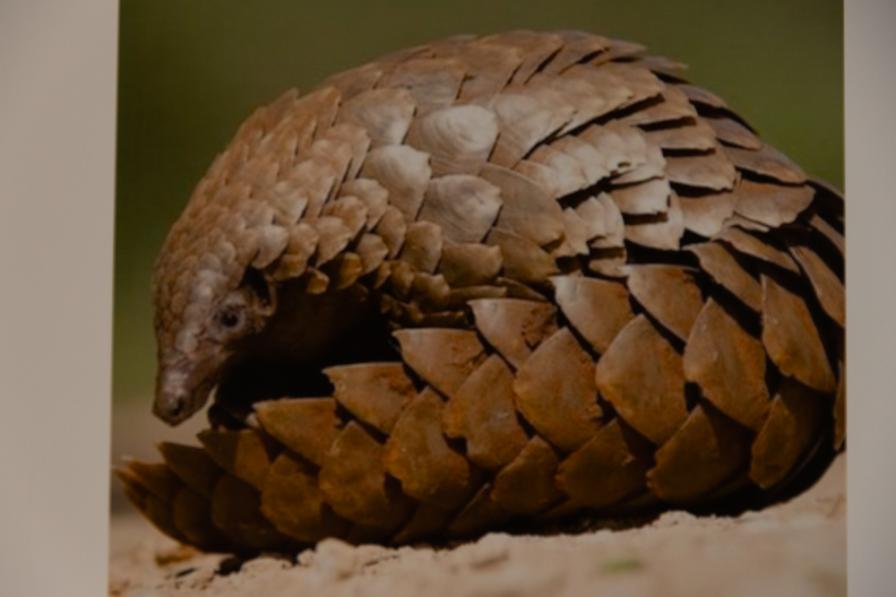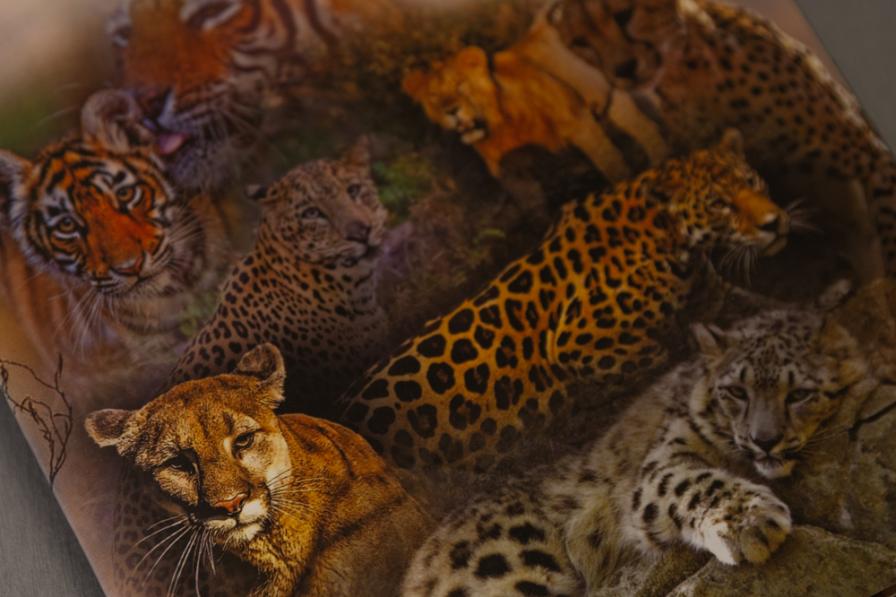Much of the day at the 77th meeting of the Standing Committee (SC) of the Convention on International Trade in Endangered Species of Wild Fauna and Flora (CITES) was devoted to long and complex discussions on compliance issues where agreement seemed almost beyond reach.
The SC considered the application of Article XIII on compliance in Cameroon, the Democratic Republic of the Congo, Bangladesh, the UK and the EU.
In the Cameroon case, the SC recognized some progress but also observed that major challenges remain, particularly regarding capacity building to control the illegal trade in Pericopsis elata, a timber species. Therefore, the SC considered the recommendation that Cameroon adapt the relevant regulatory provisions to ensure that all CITES-listed timber species are managed sustainably as part of relevant forest management plans.
In the Democratic Republic of the Congo case, some parties expressed concern that illegal trade in Psittacus erithacus (African grey parrot) and pangolin remains high. There was some consideration over whether to remove the Secretariat's recommendation to delete reference to the decision wherein parties shall not authorize trade of specimens from stockpiles of pangolin species.
In discussing the compliance case in Bangladesh, the SC heard challenges faced in the country and considered a proposal that the commercial trade suspension for CITES-listed birds be limited to six months.
The SC then discussed two cases of potential non-compliance, one relating to the EU and the other to the UK. Both cases were similar in that they related to the captive breeding of species listed in Appendix-I for commercial purposes and compliance with provisions on the registration of breeding facilities.
Both parties argued that the systems they have in place are effective and questioned on what basis the Secretariat concluded that parent stocks were not acquired in compliance with CITES provisions. Several delegations underscored that CITES provisions, such as on the registration of breeding facilities, should be applied consistently by all parties. Some considered that compliance cases should only be brought forward with regard to articles of the Convention, not resolutions. Ultimately, the two paragraphs on the determination of non-compliance were put to a vote and adopted with a simple majority.
Several side events were also held including on CITES shark and ray implementation, international trade in edible tuberous orchids, and illegal trade data and evidence-based interventions.
To receive free coverage of global environmental events delivered to your inbox, subscribe to the ENB Update newsletter.
All ENB photos are free to use with attribution. For SC 77, please use: Photo by IISD/ENB | Kiara Worth.
